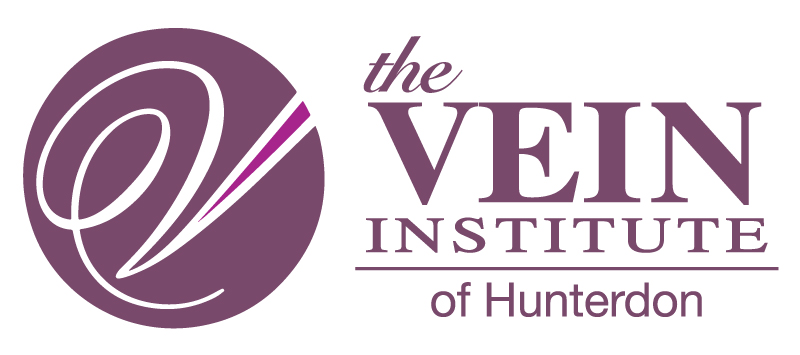Preventing Varicose Veins During Pregnancy

Varicose veins are usually a harmless, but common part of pregnancy for some women. They can develop at any time during your pregnancy, but they tend to get more pronounced as you move along in your pregnancy. After birth, the bulging veins and swelling will most likely recede, but there are steps you can take during pregnancy to help reduce symptoms.
What Are Varicose Veins?
Varicose veins are enlarged, swollen blood vessels with an “S” or “C” shape. They can form almost anywhere in the lower half of the body. When they swell above the skin, they create bluish or purplish lumps that can look alarming but are usually quite harmless. Research states that up to 40% of pregnant women will form varicose veins during their pregnancy. If you start experiencing tingling or numbness, aching pain in your leg muscles or if one leg starts to swell, see a medical professional immediately, as these can be symptoms of a more serious underlying cause.
Why Do They Form During Pregnancy?
During pregnancy, a woman’s body produces more blood to supply the growing baby with the nutrients and oxygen it needs to grow healthy and strong. It’s normal to have more blood than usual, but the extra blood along with the enlarging uterus, causes the veins to stretch and swell. If those veins are near the skin, they may form bulges on the thighs and legs. Hormonal changes also make blood vessels more sensitive and may cause swelling of the ankles and calves. Varicose veins are more common in women who have had children because the muscles of the pelvic floor are weaker and because the veins may have become stretched out with previous pregnancies.
Preventing Varicose Veins During Pregnancy
Varicose veins run in families and can have many causes. There may not be much you can do to completely prevent them, but there are ways you can reduce the pain they may cause and avoid making them worse.
- Take a walk. Check with your doctor to determine if you can incorporate low-impact exercise into your daily routine. One key to preventing varicose veins is increased circulation. Walking or other forms of low-impact exercise like water aerobics can be especially helpful.
- Elevate the legs. Whenever you can, get off the legs and keep them elevated. When standing, put one foot on a low stool and try to alternate legs. Flex your ankles every so often and try not to sit with your legs crossed. These techniques may also keep spider veins at bay.
- Manage your weight. Work with your doctor to establish a healthy weight gain, usually only 25 to 35 pounds. The extra weight increases the demand on your already overworked circulatory system, making you prone to varicose veins.
- Avoid sitting for long periods of time. Take frequent breaks and if you have to sit for a long period of time, try to move around as much as possible.
- Wear compression stockings. Compression stockings put pressure on your veins and increase the blood flow from your legs. Putting them on in the morning (while you’re still lying down) and keeping them on all day, will help keep the blood from pooling in your veins. If recommended by your physician, The Vein Institute of Hunterdon offers a complimentary pair of compression stockings when you schedule an appointment for a fitting.
If your varicose vein symptoms still persist, The Vein Institute of Hunterdon is here to help. We offer state-of-the-art individualized treatments that will get you back to feeling confident in your skin. Contact us to schedule an appointment for an evaluation and to discuss your treatment options today.
